VÉRIFICATION, VALIDATION ET QUANTIFICATION DES INCERTITUDES EN SIMULATION NUMÉRIQUE (VVUQ)
Depuis le développement des codes de calcul scientifique pour l’analyse et la prévision de phénomènes réels associés à un domaine d’application, les résultats obtenus par les simulations numériques ont toujours été validés par comparaison aux résultats expérimentaux ou analytiques quand ceux-ci sont disponibles.
Une démarche plus rigoureuse entreprise depuis plusieurs années consiste à affiner cette confrontation directe par une approche de Vérification, Validation et Quantification des incertitudes (en anglais VVUQ acronyme de Verification, Validation and Uncertainty Quantification).
L’objectif est de séparer dans l’observation des écarts aux données « expérimentales » trois niveaux d’erreurs possibles par l’application méthodique des trois processus suivants :
-
La Vérification consiste à maîtriser les biais de calcul associés aux paramètres de la méthode de résolution numérique et à vérifier que l’algorithme de résolution est cohérent (consistant en anglais) avec le modèle mathématique représentant le phénomène physique.
-
La Validation permet d’analyser les capacités du modèle mathématique (ou physique) à représenter correctement la réalité, en précisant ce qu’on appelle réalité car les données expérimentales peuvent elles-mêmes être affectées par des erreurs de mesure.
-
La Quantification des incertitudes est le processus qui identifie et mesure les biais introduits dans le processus de simulation et qui ne sont généralement pas modélisés de façon déterministe mais probabiliste. Dans ce contexte on peut distinguer au moins deux types d’incertitudes : les incertitudes opérationnelles (typiquement des incertitudes sur des quantités associées aux conditions aux limites ou aux conditions initiales) et les incertitudes de modèle associées aux paramètres apparaissant dans ces modèles.
Par ailleurs les algorithmes développés dans les codes utilisent une arithmétique flottante qui peut dans certains cas fournir des résultats imprécis voire aberrants engendrés par les effets indésirables de l’arithmétique flottante (propagation des erreurs d’arrondi et perte de propriétés arithmétiques. Le développement de méthodes de maîtrise de ces erreurs fait l’objet d’une activité croissante pour l’amélioration de la fiabilité des codes de calcul.
L’objectif de ce processus VVUQ est de renforcer la confiance dans les outils de calcul en maitrisant les biais de simulation et de démontrer ainsi leur capacité à donner des informations fiables dans des processus de décision, par exemple dans le cadre de la certification de produits industriels.
COORDINATION SCIENTIFIQUE
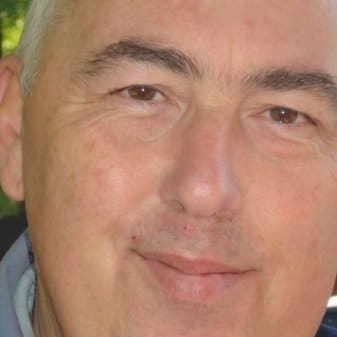 |
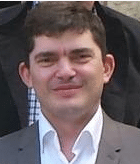 |
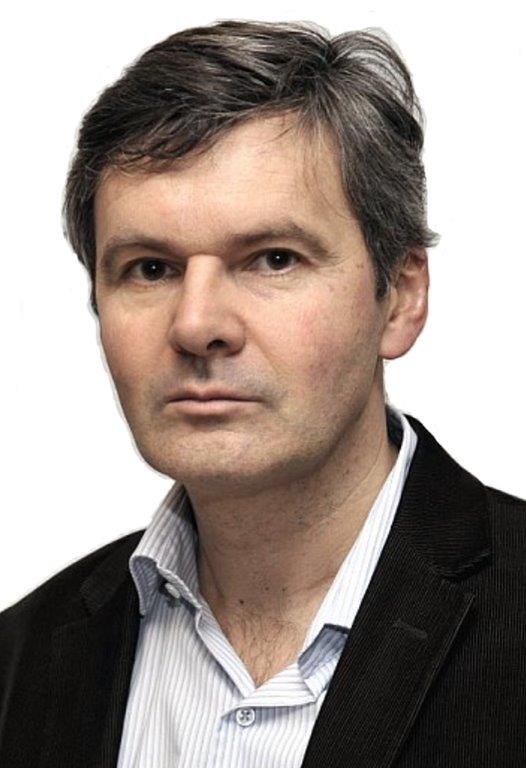 |
 |
|
Alain Forestier (CEA)
|
Christophe Denis (ENS Cachan)
|
Vincent Couaillier (ONERA)
|
Mario Ricchiuto (INRIA)
|
DATE & LIEU
08 novembre 2016
8h45 - 15h55
École Polytechnique,
Amphithéâtre Becquerel
91120 Palaiseau

Organisateurs et partenaires
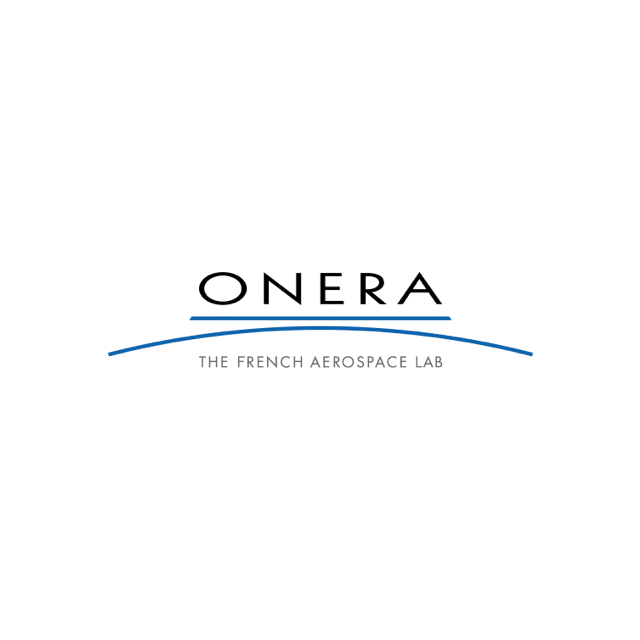

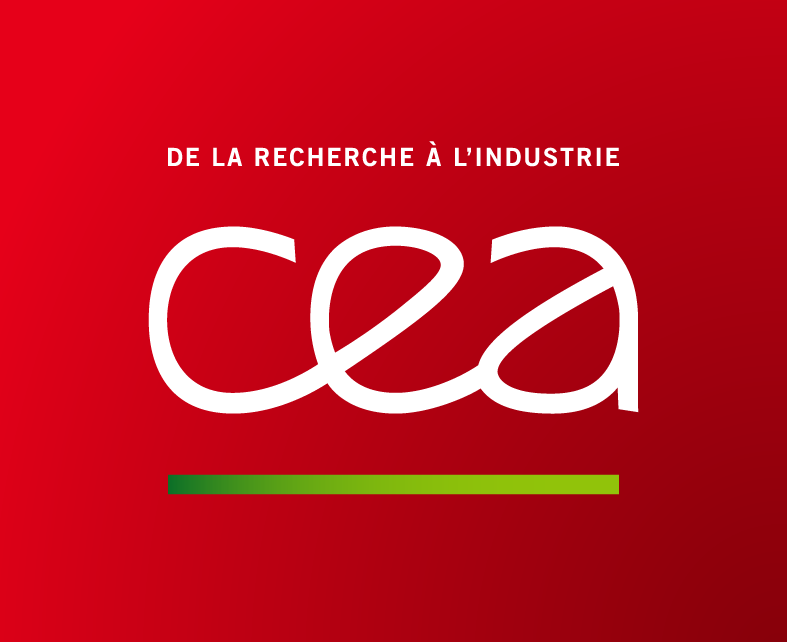

PROGRAMME
Accueil & café
ACTE DU SÉMINAIRE :
PRÉCONISATIONS VIS-À-VIS DE LA VALIDATION DES LOGICIELS UTILISÉS DANS LA DÉMONSTRATION DE SÛRETÉ NUCLÉAIRE | FRANCK DUBOIS, IRSN
La démonstration de sûreté des installations nucléaires de base (INB) nécessite notamment l’étude des accidents pouvant générer des risques ou des inconvénients pour la sécurité, la santé et la salubrité publiques ou pour la protection de la nature et de l’environnement. Beaucoup d’études concourant à la démonstration de sûreté nucléaire des réacteurs reposent sur l’utilisation d’outils de calcul scientifique (OCS). La pertinence de cette utilisation doit être établie par l’exploitant d’une INB à l’aide de démarches visant à montrer que les OCS concernés sont « qualifiés » pour une telle démonstration.
L’exposé présente les préconisations vis-à-vis de la validation des OCS utilisés dans la démonstration de sûreté relative à l’intégrité de la première barrière des réacteurs. Ces préconisations sont donc applicables aux OCS utilisés dans les domaines de la thermo-hydraulique, de la neutronique et de la thermo-mécanique du combustible dans le champ d’utilisation visé par l’exploitant.
QUALIFICATION OF A CFD CODE FOR REACTOR APPLICATIONS | ULRICH BIEDER, CEA

All research on the use of computational fluid dynamics (CFD) for nuclear reactor safety is in the end dedicated to real scale reactor circuits under realistic nominal and/or accidental thermal-hydraulic conditions. In the framework of an OECD/NEA benchmark, CEA has attempted 10 years ago to apply CFD to the VVER1000 reactor pressure vessel (RPV) of the Bulgarian Kozloduy nuclear power plant. The core outlet temperature distribution was measured during a commissioning steam generator separation test and extrapolated to the core inlet. The benchmark participants have tried to calculate this temperature distribution with CFD. This work was resumed recently by completing the geometry of the RPV and by capitalizing 10 years of both code development and high performance computing (HPC) resources. Before modelling the full scale RPV thermalhydraulics, a PIRT (Phenomena Identification and Ranking Table) was performed to classify the dominant physical phenomena in a ranking table. Three single effect validation test cases were defined in this test matrix: turbulent channel flow, flow through orifices and perforated plates as well as a baffle impact flow. The CFD approach was then validated single effect by single effect by reproducing the defined test cases. Then the Kozloduy commissioning test has been simulated. Meshes of 50 to 300 million tetrahedrons were generated for the complete RPV; self-evidently the mesh refinement reflects the restrictions of the former defined PIRT test matrix. The measured temperature distribution at the core outlet is compared to the CFD calculations. The comparison measurement/calculation helps to validate integrally the CFD code TrioCFD for full scale reactor calculation.
PRISE EN COMPTE DE L’INCERTITUDE DE L'ARITHMÉTIQUE FLOTTANTE DANS UN PROCESSUS DE V&V EN UTILISANT VERIFICARLO | CHRISTOPHE DENIS, ENS CACHAN
L’arithmétique flottante IEEE-754 utilisée par les moyens de calcul est source de pertes de propriétés arithmétiques comme l’associativité de la somme et de propagation d’erreurs d’arrondi. Ces effets indésirables du calcul flottant peuvent conduire à une perte de précision des calculs d’un code scientifique sans que l’utilisateur et le programmeur en soient avertis. Il convient donc de tenir d’une part de l’approximation du calcul flottant dans un processus de V&V rigoureux d’un code scientifique . L’exposé présente l’outil Verificarlo qui fournit des estimations de la précision numérique des résultats sans en modifier une ligne de son code source. Une démonstration de cet outil sera effectuée autour du logiciel de mécaniques des fluides à surface libre TELEMAC.
CFD INDUSTRIAL APPROACH FOR SPACE SYSTEMS DESIGN | PIERRE BRENNER, AIRBUS SAFRAN LAUNCHERS
In this talk, we address the issues encountered for modelling and computer simulation of complex flows characterizing space industry issues. Interest in computer modelling has always been very marked for space-launcher and reentry body design since, apart from the “conventional” aerodynamics (steady non reactive flows), very few critical cases are easily accessible to physical experiment: indeed it is extremely difficult to put a fully functioning rocket engine in a Wind Tunnel or to keep stages of a launcher in a Wind Tunnel or in any Vacuum Chamber during a stages separation simulation. It is the reason why we develop our own computational tool. On one side, our tool has to cope with very violent transient phases (engine ignition…), with high enthalpy reactive (hypersonic or propulsive) flows sometimes about bodies in relative motion. On the other side it has to be as efficient as current software for “traditional aerodynamics” to reduce as much as possible the need for many codes…
COMBINING HISTORICAL EYEWITNESS ACCOUNTS ON TSUNAMI-INDUCED WAVES AND NUMERICAL SIMULATIONS FOR GETTING INSIGHTS IN UNCERTAINTY OF SOURCE PARAMETERS | JÉRÉMY ROHMER, BRGM
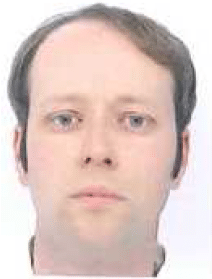
Recent tsunami events including the 2004 Indian Ocean tsunami and the 2011 Tohoku tsunami have caused many casualties and damages to structures. Advances in numerical simulation of tsunami–induced wave processes have tremendously improved forecast, hazard and risk assessment and design of early warning for tsunamis. Among the major challenges, several studies have underlined uncertainties in earthquake slip distributions and rupture processes as major contributor on tsunami wave height and inundation extent. Constraining these uncertainties can be performed by taking advantage of observations either on tsunami waves (using network of water level gauge) or on inundation characteristics (using field evidence and eyewitness accounts). Despite these successful applications, combining tsunami observations and simulations still faces several limitations when the problem is addressed for past tsunamis events like 1755 Lisbon.
1) While recent inversion studies can benefit from current modern networks (e.g., tide gauges, sea bottom pressure gauges, GPS-mounted buoys), the number of tide gauges can be very scarce and testimonies on tsunami observations can be limited, incomplete and imprecise for past tsunamis events. These observations often restrict to eyewitness accounts on wave heights (e.g., maximum reached wave height at the coast) instead of the full observed waveforms;
2) Tsunami phenomena involve a large span of spatial scales (from ocean basin scales to local coastal wave interactions), which can make the modelling very demanding: the computation time cost of tsunami simulation can be very prohibitive; often reaching several hours. This often limits the number of allowable long-running simulations for performing the inversion, especially when the problem is addressed from a Bayesian inference perspective.
The objective of the present study is to overcome both afore-described difficulties in the view to combine historical observations on past tsunami-induced waves and numerical simulations. In order to learn the uncertainty information on source parameters, we treat the problem within the Bayesian setting, which enables to incorporate in a flexible manner the different uncertainty sources. We propose to rely on an emerging technique called Approximate Bayesian Computation ABC, which has been developed to estimate the posterior distribution in modelling scenarios where the likelihood function is either unknown or cannot be explicitly defined. To overcome the computational issue, we combine ABC with statistical emulators (aka meta-model). We apply the proposed approach on the case study of Ligurian (North West of Italy) tsunami (1887) and discuss the results with a special attention paid to the impact of the observational error.
ACQUISITION COMPRIMÉE DE MÉTAMODÈLES PARCIMONIEUX EN AÉRODYNAMIQUE ET AÉROÉLASTICITÉ | ERIC SAVIN, ONERA
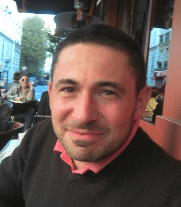
Compte tenu de la complexité des codes de simulation en dynamique des fluides, les méthodes non-intrusives de propagation d’incertitudes paramétriques sont privilégiées pour la calcul des quantités d’intérêt intervenant dans un processus d’optimisation, par exemple. Des métamodèles fondés sur des développements en chaos polynomiaux sont ainsi couramment mis en oeuvre. Dans la plupart des applications ils sont construits en utilisant des bases d’apprentissage fondées sur une quadrature (éventuellement creuse) de Gauss. Cette approche devient néanmoins rapidement très coûteuse pour des espaces paramétriques de grande dimension. En revanche, les quantités d’intérêt observées pour des systèmes complexes restent souvent peu sensibles aux interactions multiples entre les paramètres variables ou incertains dont elles dépendent, laissant ainsi entendre que seuls les polynômes de bas degrés interviennent dans leur métamodélisation.
Les techniques de reconstruction du type acquisition comprimée, compressive sampling en Anglais, permettent justement de bénéficier de cette structure. On montrera dans cet exposé que les résultats obtenus avec des simulations d’écoulements complexes pour des applications en aérodynamique et aéroélasticité corroborent dans une large mesure cette tendance. On peut ainsi construire efficacement et de manière non adaptée des métamodèles polynomiaux partant de bases d’apprentissage de tailles très réduites par rapport aux approches usuelles. La méthodologie proposée sera illustrée par des exemples proches de cas industriels et considérant des espaces paramétriques de taille modérée à grande.
SICODYN RESEARCH PROJECT: VARIABILITY AND UNCERTAINTY IN STRUCTURAL DYNAMICS | SYLVIE AUDEBERT, EDF R&D
The idea underlying the SICODYN (SImulations credibility via test-analysis COrrelation and uncertainty quantification in structural DYNamics) funded research project is to give easy tools, based on tested methodologies, to a priori estimate the confidence associated to a dynamical simulation-based prediction. The project is based on a complex built-up pump in industrial environment. Gathering 13 French academic and industrial partners, it is organized in 6 parts.
In Part 1, an inventory of the benchmarks in structure dynamics and a review of methods leading to credible models are performed. Experimental benchmarks based on in-situ measurements permit the quantification of experimental variability, related to nominally-identical structures or due to operator and modal identification methodology (Part 2). A numerical benchmark (Part 3) leads to observe the corresponding total numerical variability. Part 4 is devoted to test-analysis correlation methods. In Part 5, both parametric and non parametric methods are confronted in order to quantify the parametrical and model-form uncertainties, either in a deterministic (method of intervals…) or probabilistic context. The objective of part 6 is to estimate the capacity of uncertainty quantification methods to represent the observed numerical variability, and to select, or adapt, some of them, to propose simple tools usable in industrial context.


